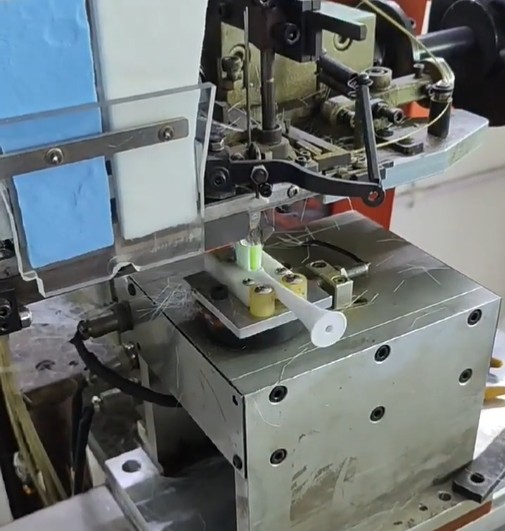For brands catering to oral care users with delicate needs, the Sensitive Gum Electric Toothbrush has become a flagship product category. However, reports of brush shedding—where bristles detach prematurely—are raising legitimate concerns across supply chains. Not only does bristle loss compromise cleaning performance, but for users with sensitive gums, it can trigger irritation, inflammation, or even accidental ingestion.
This article explores why brush shedding happens, its implications for sensitive users, and how manufacturers can design toothbrushes that are both gentle and structurally sound.
Consumers with sensitive gums are prone to bleeding, swelling, or discomfort when using standard brushes. As a result, soft bristles, low-pressure modes, and ergonomic head design are key selling features in any Sensitive Gum Electric Toothbrush.
However, softness and flexibility must not compromise bristle retention strength. This fine balance is often where manufacturing shortcuts cause issues.
Several technical and material-based factors can lead to premature bristle loss:
These risks are exacerbated in high-volume, low-cost production models.
For consumers with gum sensitivity, the consequences of brush shedding are more than cosmetic. Detached bristles can:
Thus, even a single defect can lead to negative reviews or regulatory flags in export markets.
High-end manufacturers avoid brush shedding by implementing:
These practices reduce failure rates significantly, even under daily wet-dry cycles.
As a toothbrush OEM/ODM solution provider, POWSMART has integrated advanced tooling and QA into our Sensitive Gum Electric Toothbrush lines to address brush shedding risk at the source:
These safeguards allow our B2B partners to deliver reliable, soft-touch products that maintain integrity over months of daily use.
The trust consumers place in a Sensitive Gum Electric Toothbrush hinges not only on how it feels—but how it holds together. Brush shedding is more than a quality issue; it’s a safety, comfort, and brand liability issue.
For B2B buyers and brand builders, working with manufacturers who prioritize structural integrity in soft-bristle brush heads is essential. At POWSMART, we believe softness should never come at the expense of durability—and we engineer every component accordingly. Contact us
-300x300.jpg)
-300x300.jpg)

The Science of Electric Toothbrush Bristle Layout: How Do Cross-pattern, Wave-pattern, and Height Difference Affect Cleaning Power?
.jpg)
Bluetooth-Enabled Electric Toothbrushes: Customization & Bulk Order Guide
Travel Lock Failure Triggering Power Surge? The Overlooked Risk in Smart Oral Devices
Electric Toothbrush with App Connectivity – Smart Oral Care for B2B Markets

Can Travel Electric Toothbrush’s Waterproof Failure Cause Circuit Corrosion?
.jpg)
Is Your POWSMART Smart Rechargeable Toothbrush Leaking Battery?

How to Create High-premium Oral Care Products through the Concept of “Treating Yourself Well”?
Mode Failure Accelerates Enamel Cracks? Stop Using Now!
Sustainable Electric Toothbrush for Businesses – Eco-Friendly Bulk & OEM Options
.jpg)
Gentle Oral Care Products for Sensitive Gums: A Guide for Brands Seeking the Right Manufacturer
.jpg)
Smart Electric Toothbrush Manufacturing: How to Choose the Best OEM Partner
Hollow Motors Cause Compatibility Issues? Industry Secrets Exposed!

The Teeth Whitening Market Is Booming: How Can Brand Owners Connect with Reliable Teeth Whitening Device Factories?

How to Find Reliable Electric Toothbrush Manufacturers for Your Oral Care Brand
.jpg)
Does POWSMART Kids Electric Toothbrush Contain Material Toxicity?
.jpg)
Customization of Oral Irrigator Pulse Frequency: How to Balance 1400–1800 Times/Minute with Noise Control?

Customization Teeth Whitening Gel

Electric toothbrush heads Charcoal Infused-Diamond
.jpg)
Florida Electric Toothbrush – Powsmart PTR-C8

electric toothbrush heads Charcoal Infuse-Round

electric toothbrush heads Deep Clean

Private Label Whitening Gel

electric toothbrush heads Regular Clean

electric toothbrush heads Ultra Soft
whstapp
whstapp
National Toll-Free Service Hotline
+86 755 86238638